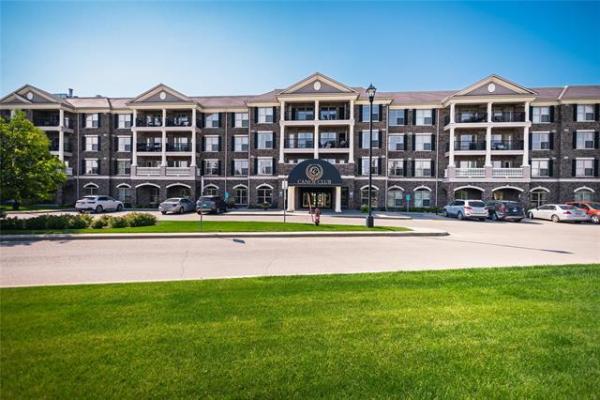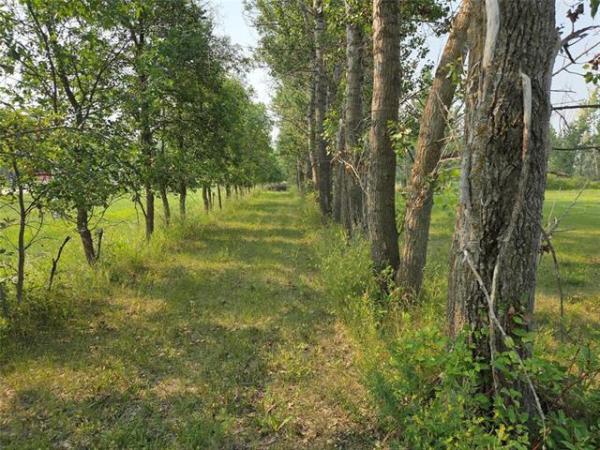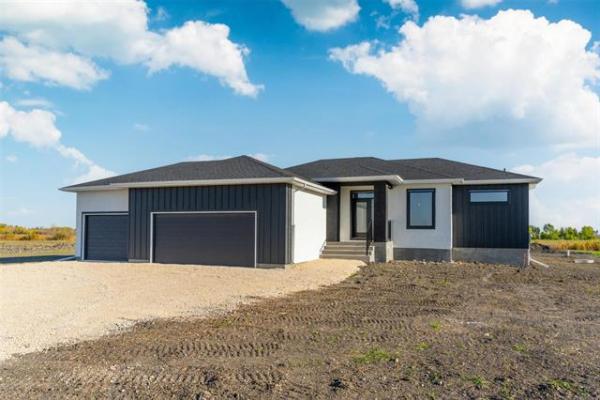Are CFLs a fire hazard?
This was a big concern for several people who had seen a website showing a series of scary photos of distorted and melted CFL bulbs. NRCan has a reassuring explanation:
When a CFL fails or burns out, its base can discolour and give off a small puff of smoke. In some cases the plastic ballast can melt and turn black. This is a sign that heat is escaping as intended in the design of the bulb to prevent it from overheating. "Major manufacturers have designed the base with a flame-retardant plastic that does not burn or drop molten plastic."
They also say that bulbs should be replaced at the first signs of failure indicated by flickering, a popping sound, a burning odour, or browning of the ballast.
Are my home and family in danger from mercury poisoning if a CFL bulb breaks?
I was surprised to read that most new CFLs contain only three milligrams of mercury, which is about the amount it would take to cover the tip of a ball point pen. By comparison, an old thermometer contained 500 milligrams of mercury.
If a bulb breaks, NRCan tells us to open a window for 15 minutes to allow any mercury vapour to air out. Put on a pair of rubber gloves before cleaning up glass and phosphor powder.
Pick up the debris on hard surfaces using a damp paper towel and on carpet with something sticky like duct tape. It's OK to vacuum; just discard the vacuum bag along with the rest of the remains and dispose of properly through an eco-centre.
Fortunately, CFL glass is thicker than incandescent and more resistant to breaking.
Can CFLs be used outdoors in cold temperatures and what affects the life of a bulb?
This was an area of frustration for several readers as they said their pricey CFL outdoor bulbs were burning out as quickly as incandescent bulbs. Being no expert on lighting products, I know how important it is to pay attention to the manufacturers' recommendations for the operation of a bulb.
NRCan advises us to buy bulbs that can tolerate our cold climate. The coldest to the warmest temperature ratings are usually listed somewhere on the package. A few companies expect us to have X-ray vision, as their ratings are ensconced inside their sealed plastic wrapping. Some bulbs are only rated to start above 4 C, so only buy bulbs for outdoor use if the rating is clearly visible.
The best rating I found was to -20, although most of these bulbs will start when the temperature drops as low as -30, as long as the bulb is enclosed in a weather-protected fixture with ventilation slots.
These fixtures increase the temperature around the ballast which assists in winter operation. The ventilation slots allow heat to escape during warmer seasons. Enclosed fixtures without ventilation will result in a shorter lamp life.
When buying any CFL bulbs, look for the Energy Star symbol on the package. This ensures the product meets the Natural Resources Canada guidelines for energy efficiency. Also look for the Underwriters Laboratory (UL) certification or Canadian Standards Association (CSA) symbol, an indicator that the bulb has been tested and meets a standard of safety.
Inexpensive bulbs can be purchased from dollar stores with a UL certification, but they do not have the Energy Star approval.
Dimmers will drastically reduce the life of a CFL. This warning needs to be expanded. Some photosensor switches (these are lights that come on automatically when it gets dark and go off when it is light) and some electronic timer switches contain dimming circuitry and should not be used with CFLs. Check with the manufacturer to ensure compatibility.
CFLs can be used in motion detectors but as with any light that goes on and off for short periods of time, they will burn out sooner.
Keep the receipt and proof of purchase and return any bulbs to the manufacturer if they do not last the time period guaranteed on the package. Energy Star qualified lights must last at least two years "when operated in accordance with package and bulb directions."
Warranty information and a toll-free number and web address will be on the package.
For helpful information on CFLs available from the Office of Energy Efficiency, direct your browser to oee.nrcan.gc.ca/energystar/english/consumers/questions-answers.cfm.
-- Canwest News Service



